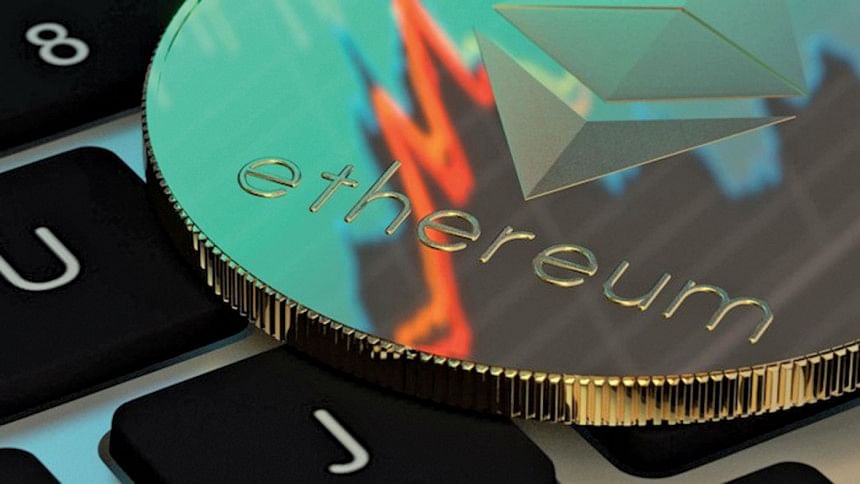NFT: The Mona Lisa of crypto-world

Recently, there's a new Ethereum blockchain-based unit of data based around digital art and other collectables. Called Non-fungible Tokens (NFT), some of these tokens are being sold for as high as 69 million US dollars. This has led many to claim NFT's as the digital answer to collectables, while sceptics think it a fad that will soon die out.
What is an NFT?
In economics, fungibility is a good or asset's ability to be interchanged with other individual goods or assets of the same type. Simplified, it means something of value can be exchanged for another thing holding an equal value. For example, a 100 Taka note is fungible, as it can be exchanged for two 50 Taka notes. On the other hand, a famous painting such as the Mona Lisa by Leonardo da Vinci is non-fungible, as it is a one-of-a-kind artwork that is impossible to reproduce. NFT's are such "one-of-a-kind" assets in the digital world that can be bought and sold for real money.
How does an NFT work?
One of the main reasons art such as the Mona Lisa is deemed so valuable is because it is impossible to replicate. And while it is possible to take a picture of the painting or buy a print, both methods produce significantly different copies from the original.
Things get more complicated when it comes to digital artworks. A digital art —may it be a picture or a video— can be endlessly replicated, with one copy being identical to the other. This makes it hard to put a value on a digital collector item, as it is almost impossible to tell which copy was the first. NFT, solves this issue by creating a blockchain-based digital certificate for an artwork. And since such a certificate is virtually impossible to forge, they give the art a unique identifier similar to that of a physical painting.
Does NFT prevent copying of art?
No. Any item sold as an NFT can still be freely copied and shared. In many cases, the artist even retains copyright ownership. The buyer of an NFT receives a digital certificate that proves he owns the "original" work. Many compare the practice to purchasing a signed copy or an autograph.
What is the point?
Much like a rare car or a painting, NFTs are a speculative asset. Meaning a buyer can later sell it for a profit.
However, many are on the fence about the NFT's success. David Gerard, the author of Attack of the 50-foot Blockchain, told BBC he saw NFTs as buying "official collectables", similar to trading cards. Beeple - real name is Mike Winkelmann -, is an artist whose art NFT ended up selling for $69 million at an auction. In an interview with the BBC, he also said: "I actually do think there will be a bubble, to be quite honest… And I think we could be in that bubble right now."

 For all latest news, follow The Daily Star's Google News channel.
For all latest news, follow The Daily Star's Google News channel. 



Comments